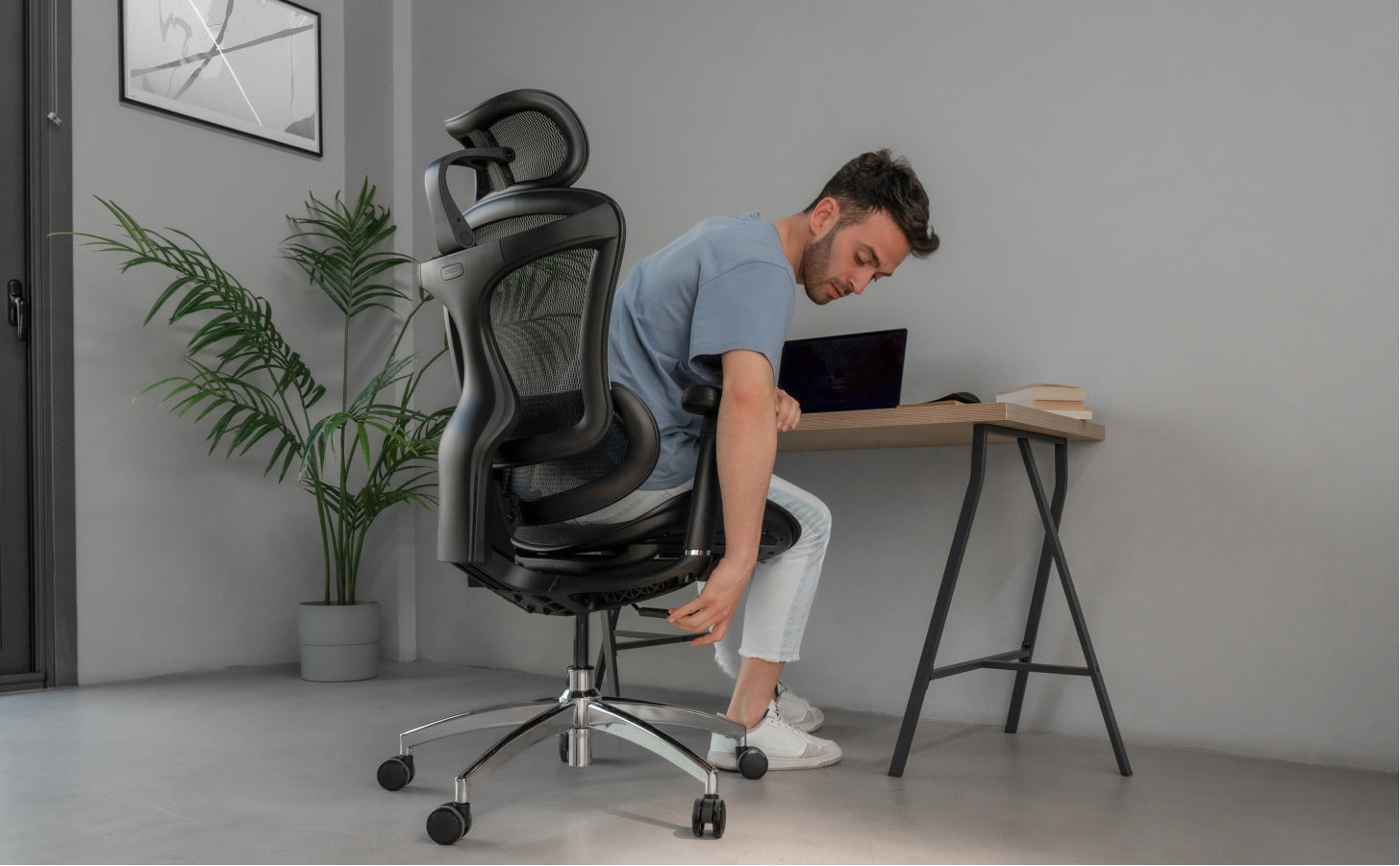In the modern age of sedentary lifestyles and long hours spent sitting at desks, back pain has become a prevalent issue for many individuals. In an effort to combat this problem, ergonomic chairs have gained popularity as a potential remedy. However, despite their promises of improved comfort and support, these chairs may not be the ultimate solution for everyone. This article explores the reasons why your ergonomic chair might not effectively address your back pain and provides alternative strategies to alleviate discomfort.
Understanding Ergonomic Chairs
Ergonomic chairs are designed with the intention of providing optimal support and promoting good posture. These chairs typically feature adjustable seat height, lumbar support, and armrests, among other features. The aim is to create a customized seating experience that minimizes strain on the back and encourages a healthy alignment of the spine.
The Complexity of Back Pain
Back pain is a multifaceted issue with various underlying causes. While an ergonomic chair can certainly contribute to improved posture, it may not address the root causes of your back pain. Factors such as muscle imbalances, poor core strength, excessive sitting, and improper lifting techniques can all contribute to discomfort. Merely relying on an ergonomic chair might overlook these crucial aspects.
One-Size-Fits-All Approach
Despite the adjustability options offered by ergonomic chairs, they are still mass-produced products designed to accommodate a wide range of body types and postural needs. However, every individual has unique physical characteristics and ergonomic requirements. This inherent limitation can prevent the chair from truly providing the tailored support necessary for your specific condition.
Lack of Movement
Even with the best ergonomic chair, prolonged sitting can lead to stiffness and muscle tension. Human bodies are designed for movement, and prolonged static positions can have adverse effects on overall musculoskeletal health. While ergonomic chairs may reduce discomfort compared to standard office chairs, they do not replace the need for regular movement and exercise.
Complementary Strategies
To effectively address back pain, a holistic approach is crucial. While an ergonomic chair can play a role in alleviating discomfort, it should be supplemented with other strategies. Incorporating regular exercise, stretching, and strengthening routines, maintaining proper posture, taking frequent breaks to move, and using standing desks are all valuable complementary measures to counteract the adverse effects of prolonged sitting.
Seek Professional Advice
If you experience chronic or severe back pain, it is essential to consult with a healthcare professional, such as a physical therapist or orthopedic specialist. They can assess your specific condition and provide personalized recommendations tailored to your needs. In some cases, additional treatments or interventions may be necessary beyond the use of an ergonomic chair.
Conclusion
While ergonomic chair can provide some relief and contribute to improved posture, they are not a panacea for back pain. To effectively address and manage back pain, a multifaceted approach that combines ergonomic considerations with other strategies, such as regular exercise and movement, is vital. Understanding the limitations of an ergonomic chair and seeking professional advice when needed will empower individuals to take a comprehensive approach towards combating back pain and promoting overall musculoskeletal health.



